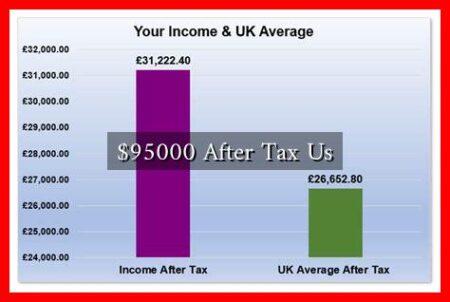-
Table of Contents
Understanding Retail Tax in the United States
Retail tax, often referred to as sales tax, is a crucial component of the American tax system. It plays a significant role in funding state and local governments, impacting both consumers and businesses. This article delves into the intricacies of retail tax in the U.S., exploring its structure, implications, and recent trends.
What is Retail Tax?
Retail tax is a consumption tax imposed on the sale of goods and services. It is typically calculated as a percentage of the sale price and is collected by retailers at the point of sale. The collected tax is then remitted to the appropriate government authority. Retail tax varies significantly across different states and municipalities, leading to a complex landscape for both consumers and businesses.
The Structure of Retail Tax in the U.S.
In the United States, retail tax is primarily governed at the state level, with each state having the authority to set its own rates and regulations. Here are some key features of retail tax in the U.S.:
- State-Level Variation: Each state has its own sales tax rate, which can range from 0% to over 10%. For example, California has one of the highest state sales tax rates at 7.25%, while Delaware has no sales tax.
- Local Taxes: Many states allow local governments to impose additional sales taxes, leading to a combined rate that can vary significantly even within a single state.
- Exemptions: Certain goods and services may be exempt from sales tax, such as groceries, prescription medications, and some services. These exemptions can vary widely by state.
Impact on Consumers and Businesses
The retail tax system has profound implications for both consumers and businesses. Understanding these impacts is essential for navigating the retail landscape.
For Consumers
Consumers are directly affected by retail tax as it increases the final price of goods and services. Here are some considerations:
- Price Sensitivity: Higher sales tax rates can deter consumers from making purchases, particularly for big-ticket items.
- Shopping Behavior: Consumers may choose to shop in states with lower sales tax rates, leading to cross-border shopping.
- Online Purchases: The rise of e-commerce has complicated sales tax collection, as consumers may not always pay sales tax on online purchases, depending on the seller’s location.
For Businesses
Retail tax also presents challenges and opportunities for businesses:
- Compliance Costs: Businesses must navigate complex sales tax regulations, which can lead to increased administrative costs.
- Competitive Pricing: Retailers in high sales tax states may struggle to compete with those in lower-tax areas.
- Technology Solutions: Many businesses are turning to technology solutions to automate sales tax calculations and compliance, reducing the burden on their operations.
Recent Trends and Developments
In recent years, several trends have emerged in the realm of retail tax:
- Wayfair Decision: The 2018 Supreme Court ruling in South Dakota v. Wayfair, Inc. allowed states to collect sales tax from online retailers, significantly changing the landscape of e-commerce taxation.
- Increased Enforcement: States are ramping up efforts to enforce sales tax collection, particularly from online sellers, leading to greater scrutiny of compliance.
- Tax Reform Discussions: Ongoing discussions about tax reform at both state and federal levels may lead to changes in how retail tax is structured and enforced.
Conclusion
Retail tax is a vital aspect of the U.S. economy, influencing consumer behavior and business operations. As states continue to adapt their tax policies in response to changing economic conditions and consumer habits, understanding the nuances of retail tax becomes increasingly important. For consumers, being aware of how sales tax affects purchasing decisions can lead to more informed choices. For businesses, staying compliant with evolving regulations is crucial for maintaining competitiveness in a complex marketplace.
As the retail landscape continues to evolve, stakeholders must remain vigilant and adaptable to navigate the challenges and opportunities presented by retail tax in the United States.
For more information on sales tax regulations and compliance, you can visit the TaxJar Sales Tax Guide.


